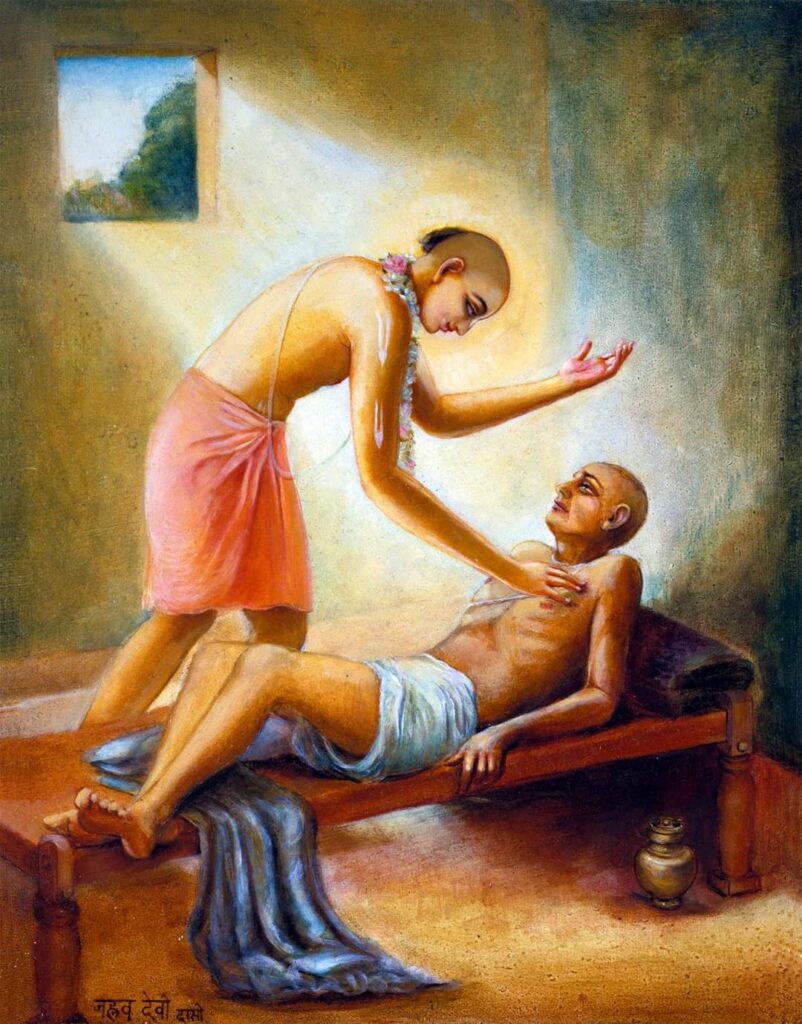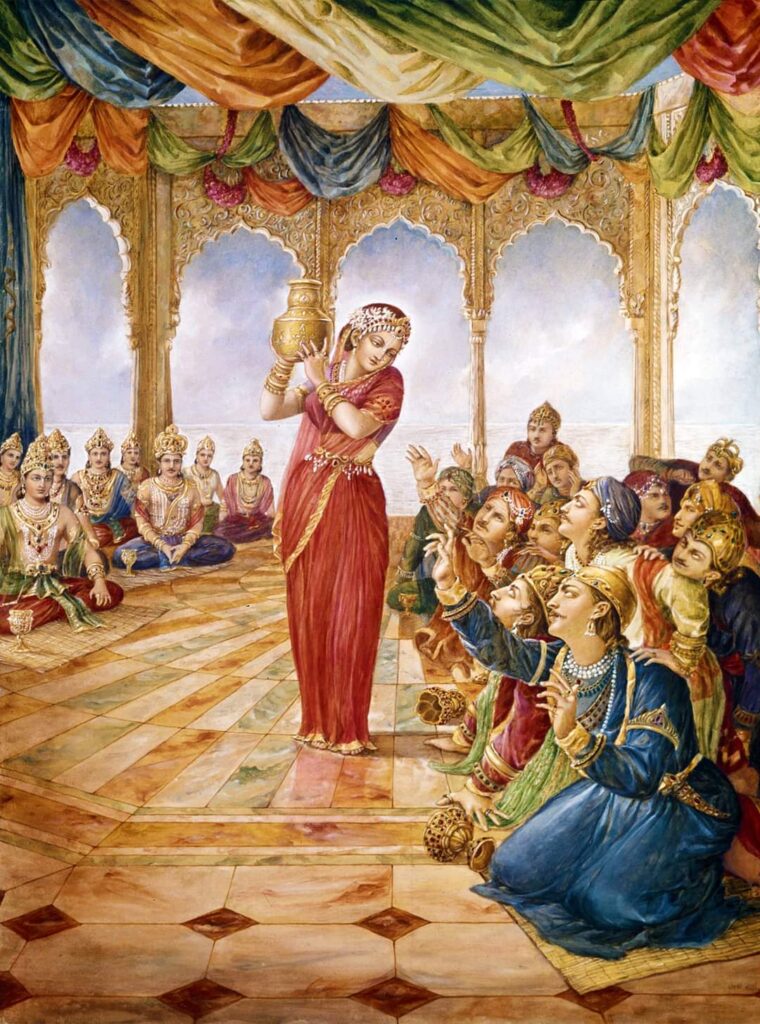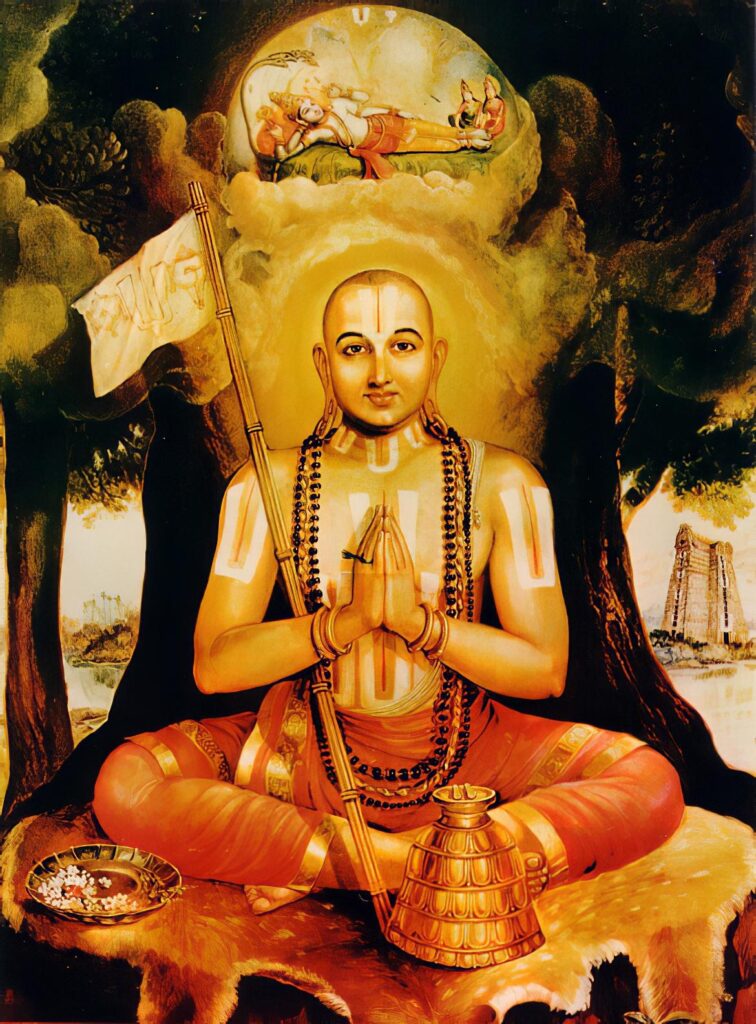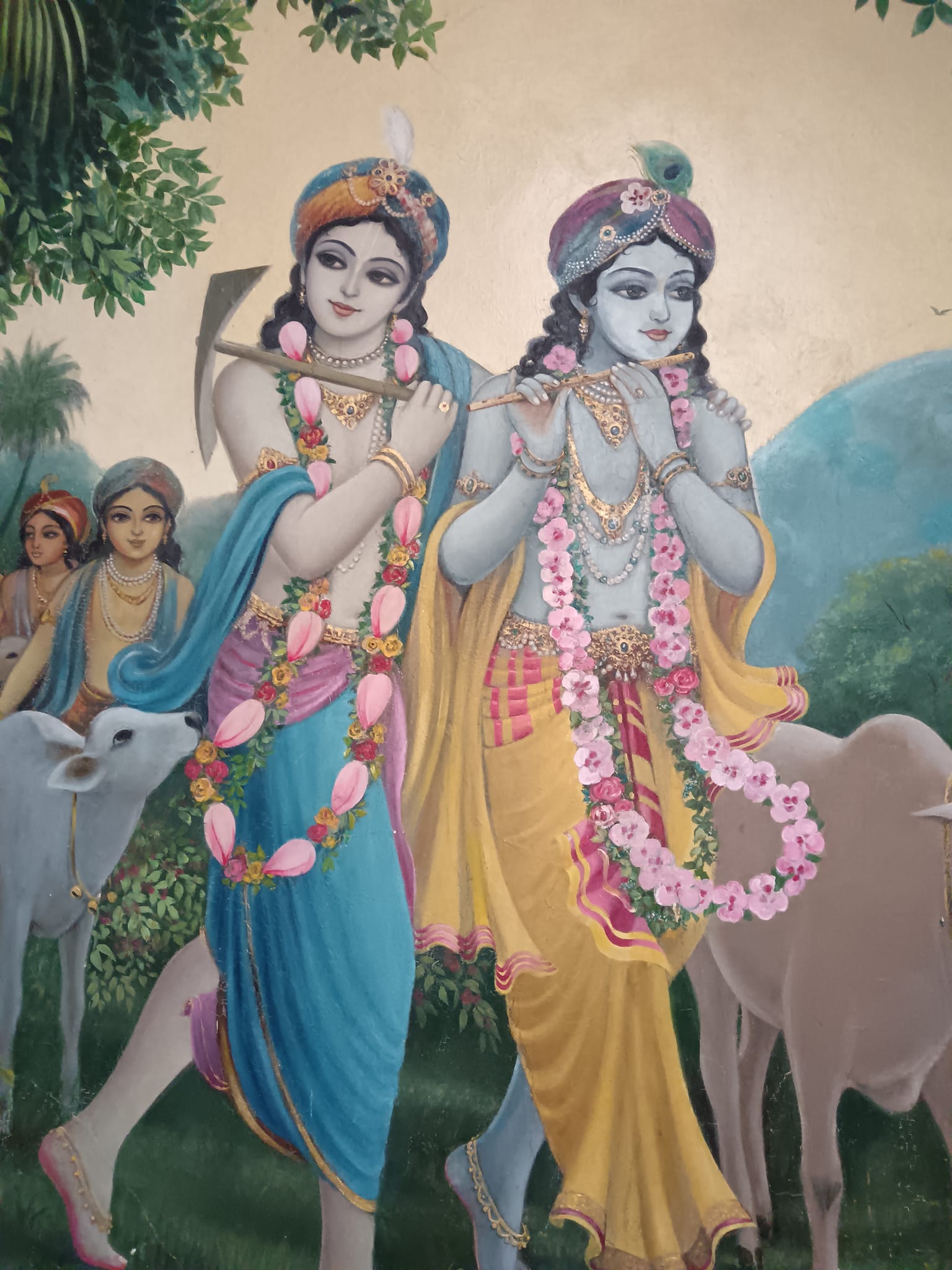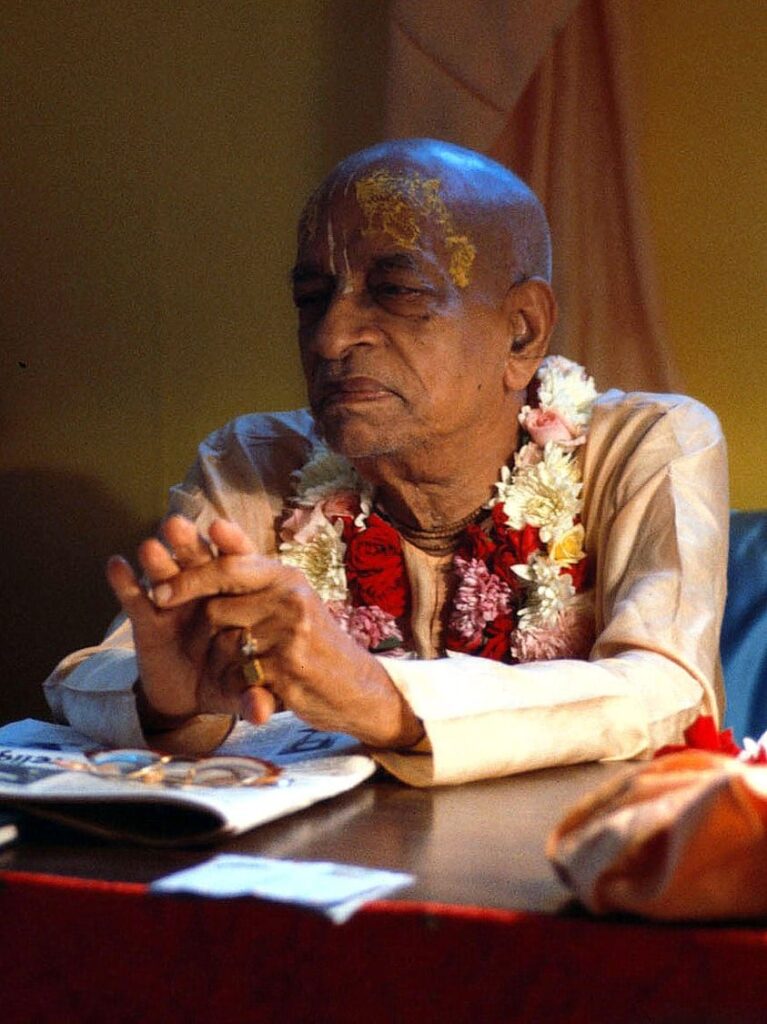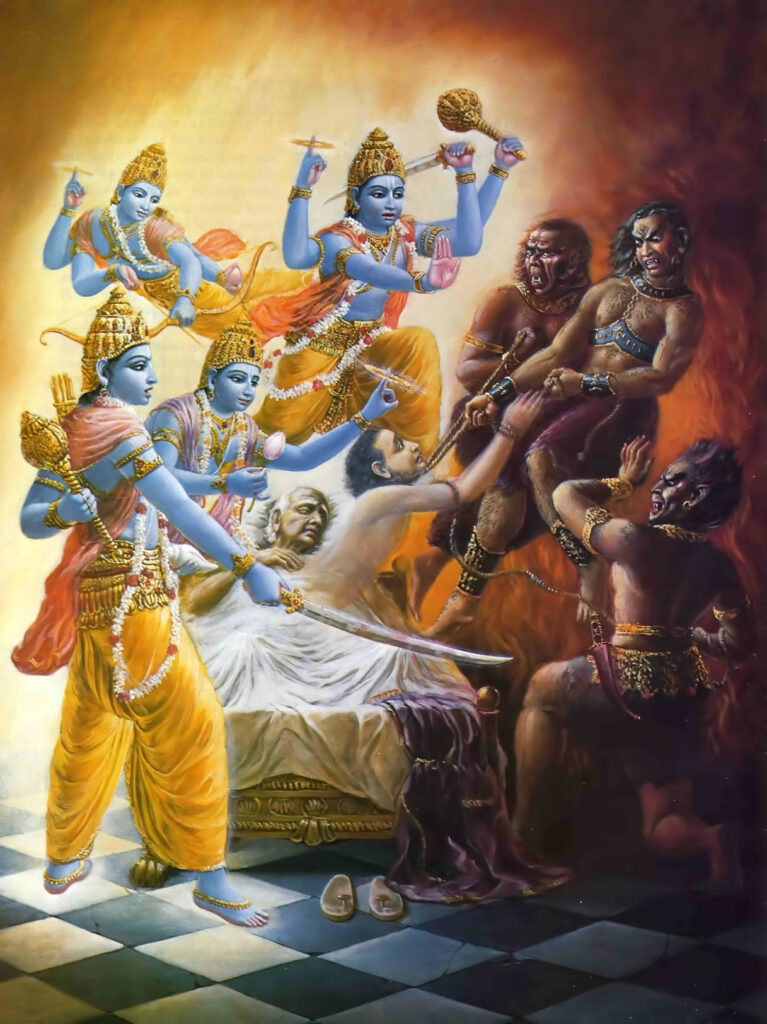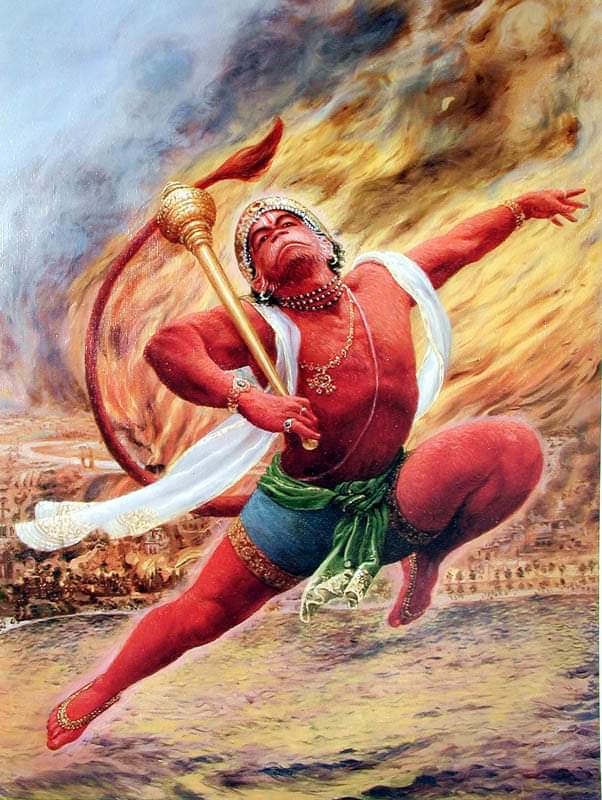Our spirtual process starts with hearing. After we become eager to hear, the cleaning of the material desires from the heart starts and as we become free from material desires we become progressively happier. However, it’s a long way back to Godhead. There is a very special verse in the Srimad Bhagavatam that explains how to make this process faster:
“By regular attendance in classes on the Bhāgavatam and by rendering of service to the pure devotee, all that is troublesome to the heart is almost completely destroyed, and loving service unto the Personality of Godhead, who is praised with transcendental songs, is established as an irrevocable fact.” (SB 1.2.18)
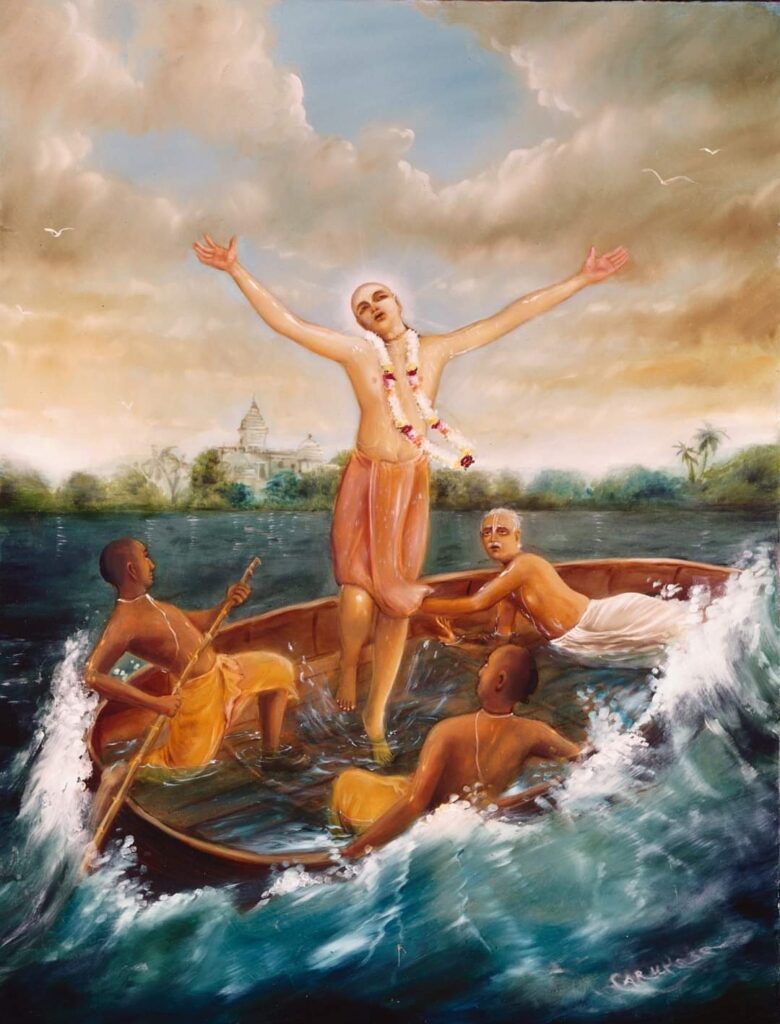
The verse mentions “nityaṁ bhāgavata-sevayā” (regularly serving the Bhāgavata). Srila Prabhupada explains that there are two Bhāgavatas: the book bhāgavata and the devotee Bhāgavata. As he explains: “A devotee Bhāgavata is as good as the book Bhāgavata because the devotee Bhāgavata leads his life in terms of the book Bhāgavata and the book Bhāgavata is full of information about the Personality of Godhead and His pure devotees, who are also Bhāgavatas. Bhāgavata book and person are identical.”
Continue reading
